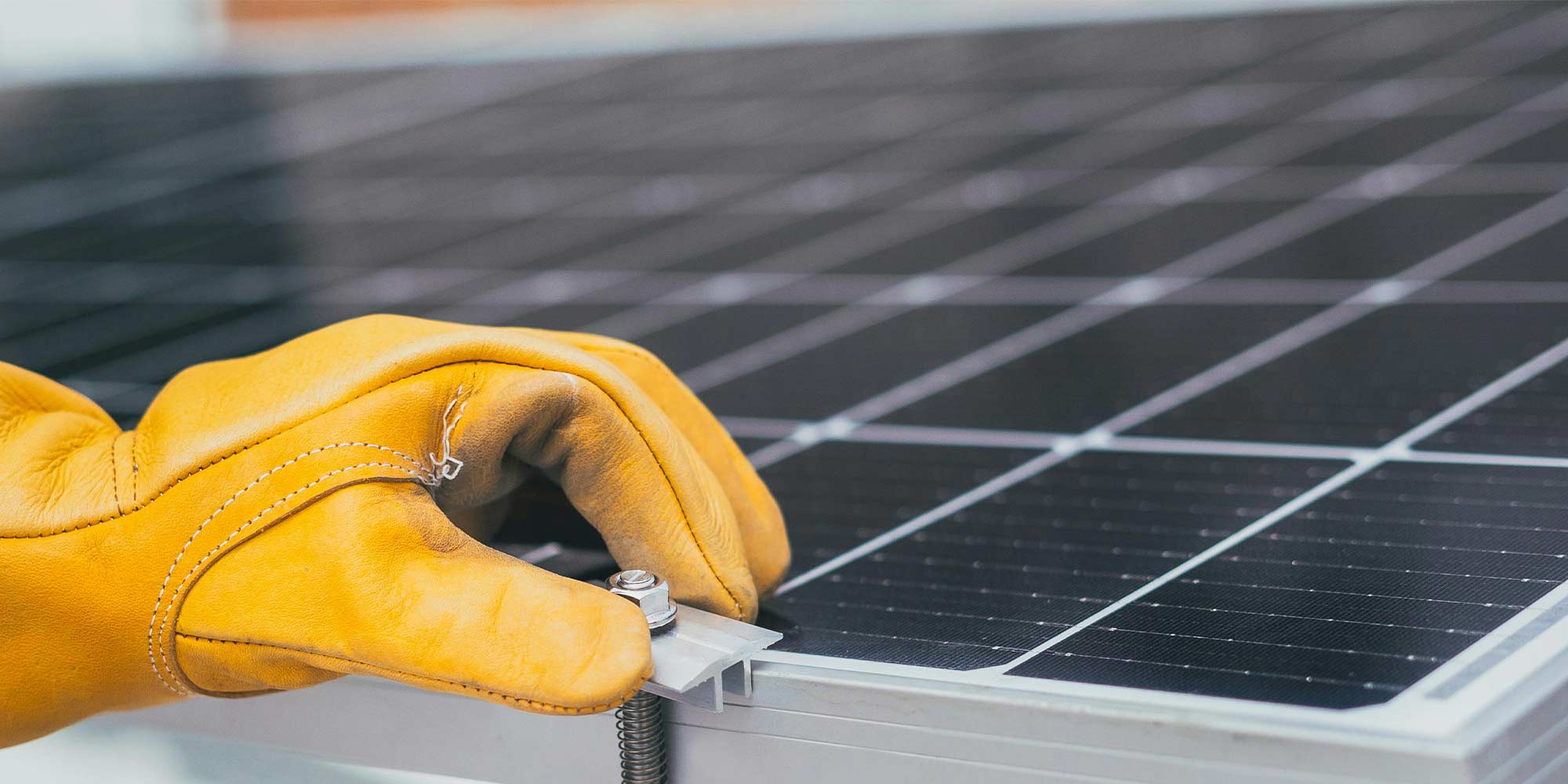Introduction:
In the realm of renewable energy, nanotechnology has emerged as a game-changer, revolutionizing the efficiency and functionality of solar panels. One of the most intriguing applications of nanotechnology lies in the development of self-cleaning solar panel coatings. These coatings not only enhance the performance of solar panels but also alleviate maintenance concerns, making solar energy more accessible and sustainable. In this comprehensive guide, we delve into the science behind self-cleaning solar panel coatings, exploring their mechanisms, benefits, and implications for the future of renewable energy.
1. The Evolution of Solar Panel Coatings
- The significance of coatings in solar panel technology
- Traditional coatings vs. nanotechnology-based coatings
- Evolutionary milestones in the development of self-cleaning coatings
2. Understanding Nanotechnology
- Fundamentals of nanotechnology and its applications in various industries
- Nanomaterials: Properties and synthesis methods
- Role of nanotechnology in enhancing solar panel efficiency

3. The Science Behind Self-Cleaning Solar Panel Coatings
- Photocatalysis: The driving force behind self-cleaning coatings
- Nanoparticles as catalysts for breaking down organic contaminants
- Hydrophobicity and its role in preventing dust accumulation
- Mechanisms of self-cleaning action on solar panels
4. Benefits of Self-Cleaning Solar Panel Coatings
- Enhanced energy efficiency and power output
- Reduction in maintenance costs and labor
- Prolonged lifespan of solar panels
- Environmental benefits: Water conservation and reduction in chemical cleaners
5. Challenges and Limitations
- Durability and stability of self-cleaning coatings under varying environmental conditions
- Compatibility with different types of solar panels
- Cost considerations and scalability of production
6. Case Studies and Real-World Applications
- Success stories of self-cleaning solar panel coatings in commercial and residential settings
- Impact on solar energy adoption and market trends
- Future prospects and emerging innovations in the field
7. Environmental and Regulatory Considerations
- Environmental impact assessments of nanomaterials used in coatings
- Regulatory frameworks governing the deployment of self-cleaning coatings
- Sustainability measures in manufacturing and disposal processes
8. The Future Outlook
- Technological advancements and potential breakthroughs in self-cleaning coatings
- Integration with other renewable energy technologies
- Role of research and development in driving innovation forward
Conclusion:
Self-cleaning solar panel coatings represent a remarkable convergence of nanotechnology and renewable energy, offering a sustainable solution to enhance the efficiency and longevity of solar panels. As we continue to push the boundaries of scientific discovery, the widespread adoption of self-cleaning coatings holds the promise of a cleaner, greener future powered by the sun.
By unraveling the science behind self-cleaning solar panel coatings and exploring their myriad benefits and challenges, we pave the way for informed decision-making and continued progress in the field of renewable energy. Together, let us harness the power of nanotechnology to build a brighter, more sustainable tomorrow.